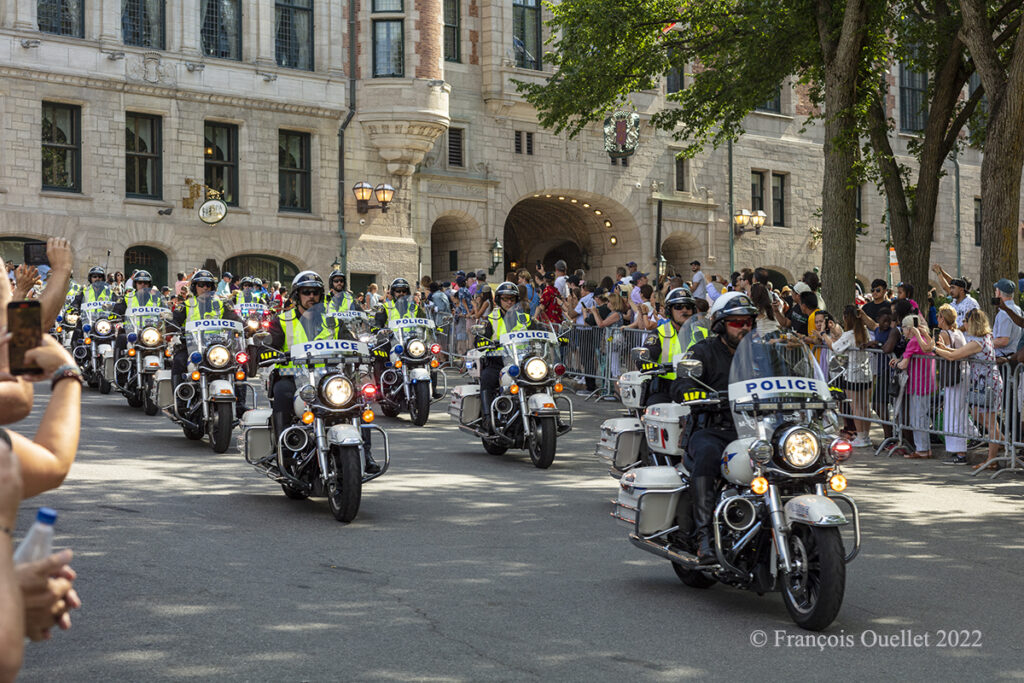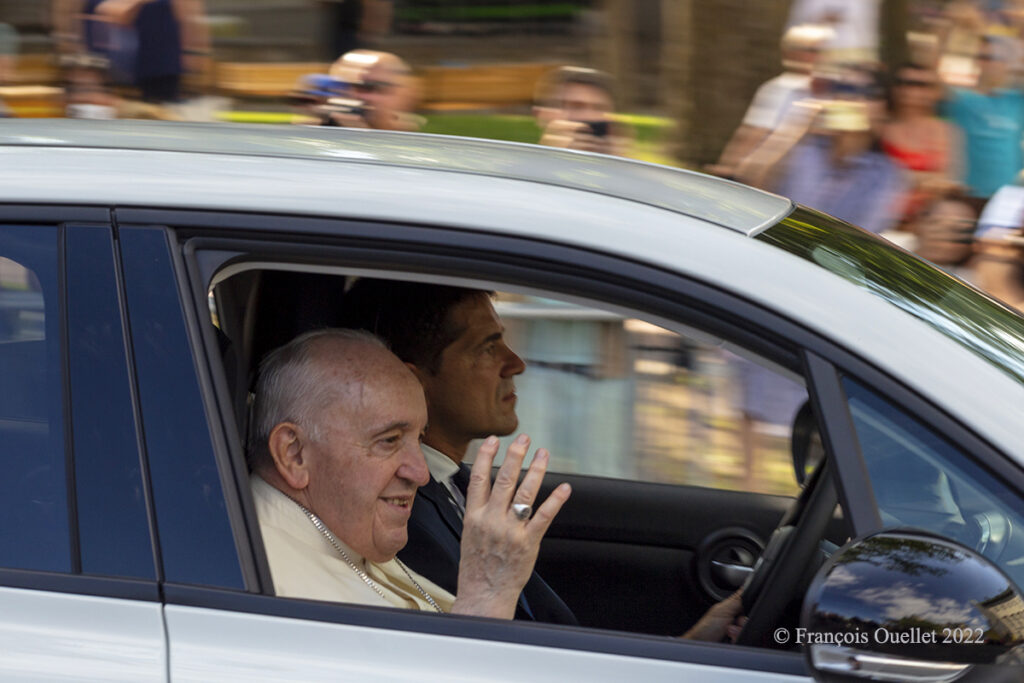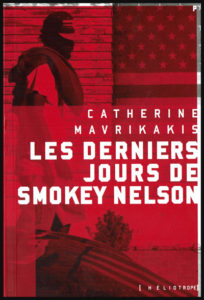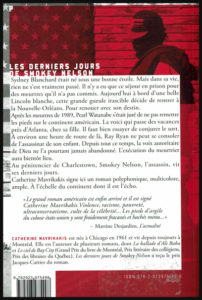
[For the presentation of this book published in French, I did my best to translate some sentences in English, but a professional translation would have better reflect the quality of Régis Jauffret’s writing].
“In July 1888, around Saint James’s Day, Uncle made me pregnant”. So begins Régis Jauffret‘s novel “Dans le ventre de Klara” (In Klara’s Belly) , that master of punchlines and synthesis. The Klara in question is Klara Hitler, who at the time of the story is carrying within her an Adolf Hitler already capable of infusing her on occasion with visions of the disaster he would orchestrate years later.
The author has found a unique way to position Klara’s terrible premonitions in the text. They are suddenly imposed in the midst of the mother-to-be’s daily reveries, often right in the middle of a paragraph or sentence.
In this tale of fact and fiction, the wife must stay in her place and hope for nothing. The writer has Klara say: “I’m afflicted with the mania of hoping for something other than my fate“. The husband decides everything. The local church’s confessor would love to have as much control as the spouse, but this proves more difficult than expected. The husband and abbot are a good example of the excessive power they wield over women in this era. A military officer with little combat experience who dictates his conduct to his wife as if she were a soldier, and a fanatical abbot who imposes the arbitrary rules of a sickening religion, enslaving women and imposing his dogmas on couples from a distance.
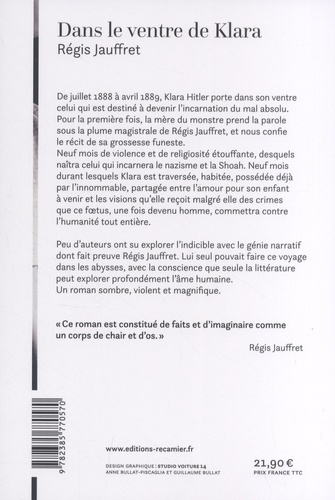
Speaking of God and women, the author writes: “A Christian woman must bear children, help to populate the Earth He has given us as a theater for our sins”. And when Klara finds herself back in the confessional and being chastised by the priest: “Far from the voice of Christ gone, it was now Abbé Probst who was busy putting me through the wringer of language. Sentences as long as straps. Words as heavy and blunt as bludgeons. Subtle, sharp words, in places bristling with reddened spikes. Punctuation like broken glass […].” You get the idea…
I particularly appreciate Régis Jauffret’s writing, having read many of his works, including “La ballade de Rikers Island“, “Le dernier bain de Gustave Flaubert“, “Papa” and the three volumes entitled Microfictions, published respectively in 2007, 2018 and 2022. He even won the Goncourt short story award for the 2018 edition.
Régis Jauffret explains the intention behind his latest novel in a video on Youtube, if you’re interested in digging deeper into the subject.
Happy reading!
Click on the link for other novels on my blog.
Title: Dans le ventre de Klara
Author: Régis Jauffret
Publisher: Récamier
© Régis Jauffret and Editions Récamier, 2024
ISBN : 978-2-38577-057-0
